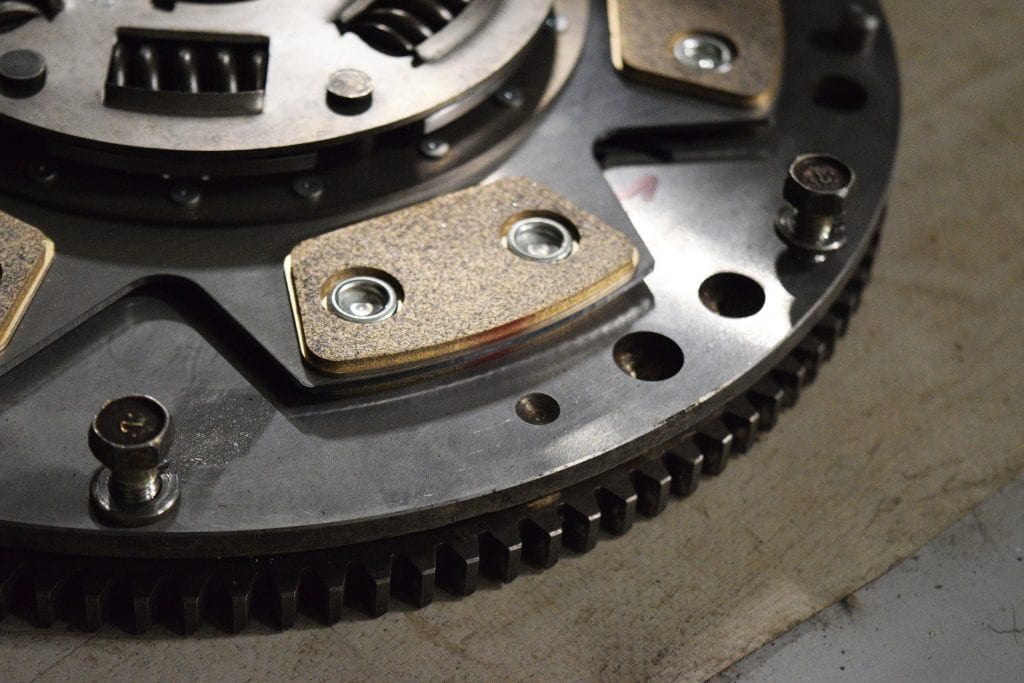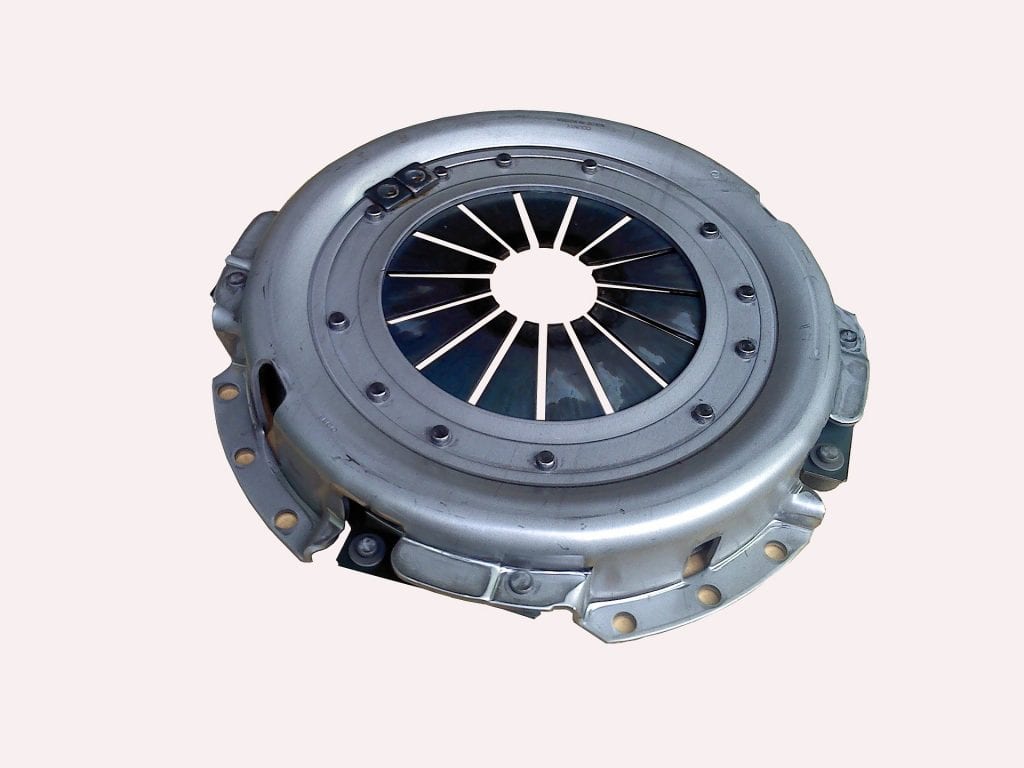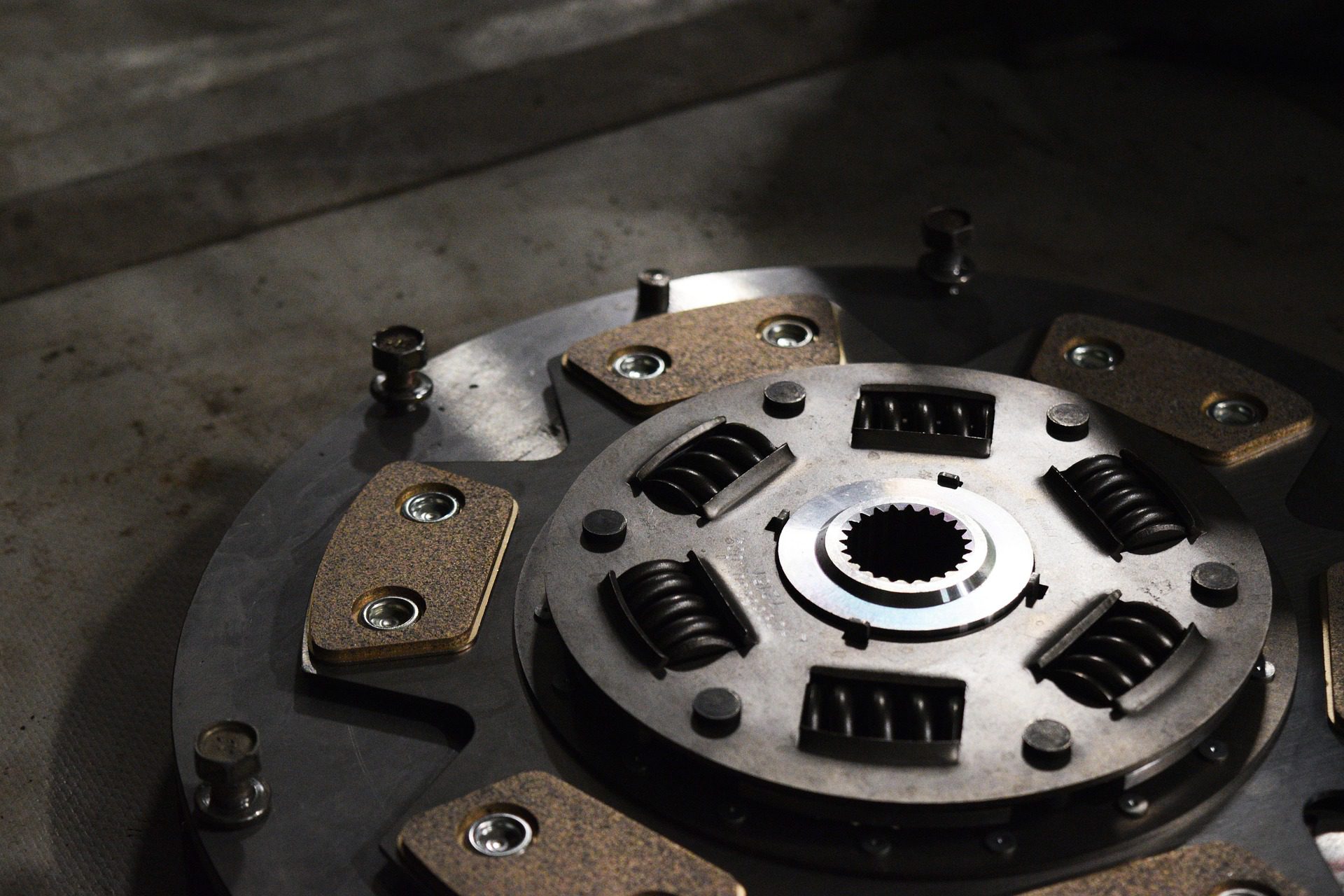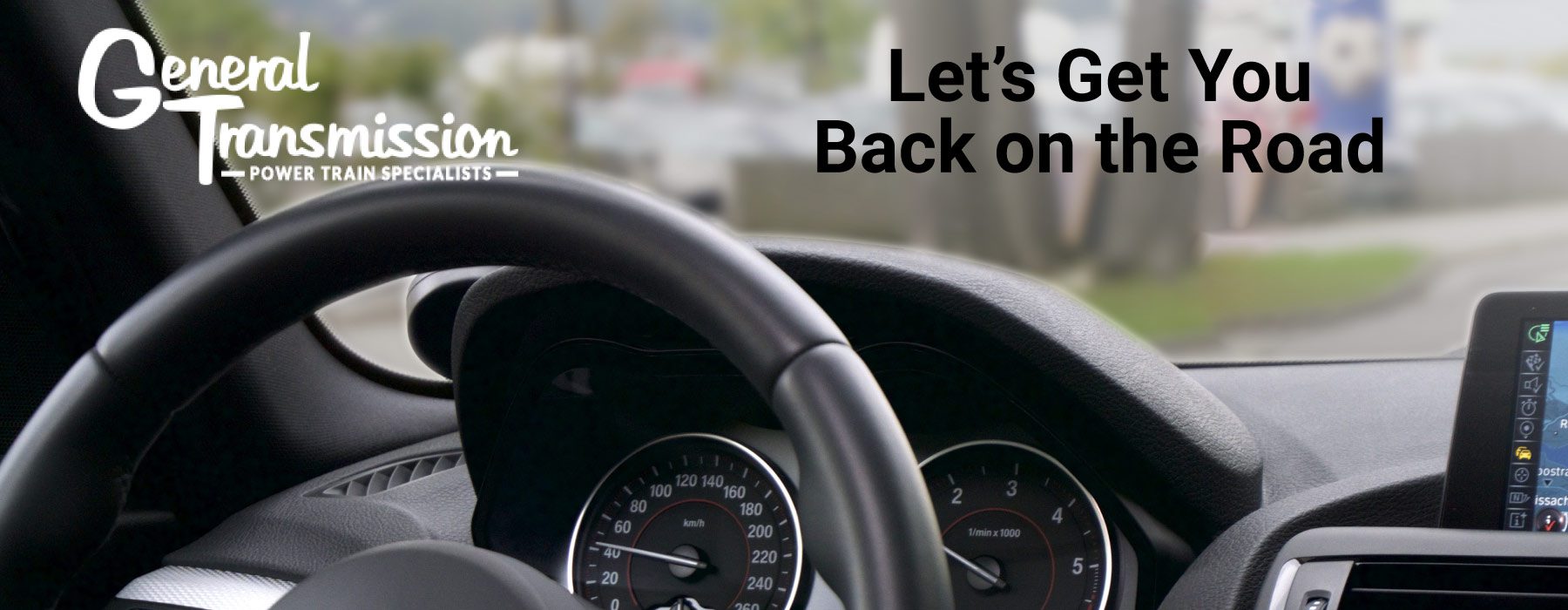Signs of Clutch Failure
A good clutch can last your car between 50,000 and 100,000 miles. This depends on the make, model, and year of the vehicle as well as the type of clutch and your own driving habits. Stop-and-go traffic, towing heavy loads, abruptly engaging or “dumping” the clutch, and riding the clutch (keeping your foot on and halfway engaging) when decelerating are all factors that can lead to signs of clutch failure.
Sprag clutch failure symptoms are easy to spot if you pay attention to your vehicle. You’ll need to remain vigilant of noises, clutch pedal behavior, and performance to understand the problem and its source.
Schedule a Reno-Sparks Clutch Repair
Schedule a Repair
Sprag Clutch Failure Symptoms Often Include:
- Clutch Pedal Makes Noises When Engaging and Disengaging
- Clutch Pedal Chatters When You Accelerate
- Clutch Pedal Pulsates
- Clutch Pedal Remains Stuck to the Floor
- Clutch Pedal Feels Loose or Spongey
- Clutch Pedal is Hard to Engage
- Transmission Makes A Grinding, Whirling or Chirping Noise in Neutral
- Grinding Occurs When Shifting Gears
- Can’t Get Transmission Into Gear
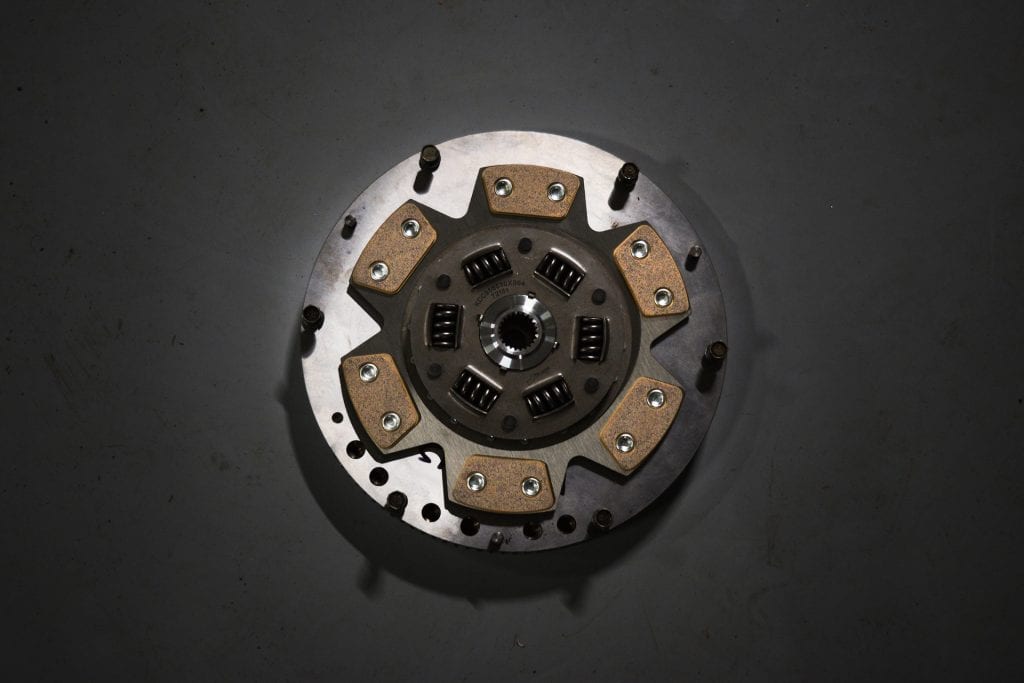
What is a Clutch? How does a Clutch Work?
Before diagnosing your clutch problems, it’s important to understand what a clutch is and how it works in regard to your vehicle’s
powertrain. A clutch is a mechanical component in a vehicle or other mechanical device that engages and disengages a powertrain or transmission between several rotating shafts.
The clutch connects these two shafts, allowing for either to lock together and spin at the same speed, or decouple and spin at different speeds. In most vehicles, the clutch sits between the engine and the main driveshaft, modulating torque and power from the engine to the wheels. Torque is simply any force applied at a distance. It’s measured in foot-pounds or newton-meters.
You need a clutch in your car because the engine spins all the time, but your car’s wheels don’t. To stop your car without stopping the engine, you need a way to disengage the wheels from the engine. Through the friction of the engine’s flywheel and the clutch disc, you can engage your spinning engine to a sometimes-spinning transmission and visa-versa.
Clutch pressure plate failure symptoms can occur when you aren’t engaging the clutch. The clutch springs push the pressure plate against the clutch disc. This presses against the flywheel and locks the engine to the transmission input shaft, causing both to spin at the same speed.
A Traditional Clutch Assembly Contains the Following Components:
- Clutch Disc – connects to transmission
- Release Mechanism (mechanical or hydraulic)
- Cable – connects between clutch pedal and fork
- Linkage – connects fork to pressure plate
- Pressure Plate – connects to clutch disc
- Flywheel – connects to engine
- Pilot Bearing – connects input shaft and clutch disc
- Release or “throw-out” Bearing
- Clutch Fork – modulates force between pressure plate and clutch via linkage

What Are The Signs of A Slipping Clutch?
If transmission shop mechanics refer to your clutch slipping, they mean that the clutch friction material is worn out. Your clutch only engages through friction, so if there’s no material there to provide that friction, then your clutch won’t engage properly. If your clutch is slipping, you’ll feel that as you release the pedal and accelerate, your vehicle will move slowly, while the engine revs higher. You may also notice the clutch releasing sooner than expected without much need for pressure.
Potential Causes Leading to a Slipping Clutch:
- Clutch linkage or cable needs adjustment because the cable is binding or the cable housing is filled with rust.
- Clutch linkage is bent, misaligned, or damaged.
- Pressure plate is weakened or warped.
- Clutch assembly is contaminated with oil due to your engine or transmission oil leaking.
- Broken motor mounts.
Keep in mind that if your clutch doesn’t release properly, it will continue to turn the input shaft. This can cause grinding, and prevent your car from going into gear. Some common reasons a clutch may stick are:
- Broken or stretched clutch cable – The cable needs the right amount of tension to push and pull effectively.
- Leaky or defective slave and/or master clutch cylinders – Leaks keep the cylinders from building the necessary amount of pressure.
- Air in the hydraulic line – Air affects the hydraulics by taking up space the fluid needs to build pressure.
- Misadjusted linkage – When your foot hits the pedal, the linkage transmits the wrong amount of force.
- Mismatched clutch components – Not all aftermarket parts work with your clutch.

What Causes Clutch Master Cylinder Failure?
Clutch Failure Symptom 1: Clutch Pedal Makes Noises When Engaging and Disengaging
If you can hear a noise when you depress the clutch pedal or release it, or both when the engine is off, it’s probably a problem with the clutch release mechanism or “clutch fork.”
The clutch fork is a hydraulic or mechanical releasing device that helps engage and disengage the clutch. You’ll hear noises when the lubricant dries out and the mechanism wears down. A cable, rod, or connection may also scrape and cause squeaking or clunking.
Clutch Failure Symptom 2: Clutch Pedal Chatters When You Accelerate
When your clutch pedal vibrates, that means the clutch disc is losing its grip on the flywheel intermittently.
Possible causes of vibrating or chattering include:
- Clutch disc lining (friction material) worn out
- Clutch disc lining burnt or contaminated with oil
- Clutch disc glazed
- Clutch disc hub with worn out splines
- Warped pressure plate or flywheel
- Pressure plate diaphragm spring weakened or with broken fingers (bouncing)
- Pressure plate with hot spots
- Pilot bearing worn out or damaged
- Flywheel worn out
Clutch Failure Symptom 3: Clutch Pedal Pulsates
When rotating parts wobble or vibrate inside your transmission, you might feel your clutch pedal pulsate. In these cases, warped flywheels may be the problem, or a release lever needs adjustment. If the pulsation or vibration began after servicing the transmission, then its possible the transmission housing is improperly aligned with the engine.
Clutch Failure Symptom 4: Clutch Pedal Remains Stuck to the Floor
A clutch pedal that stays on the floor means that you have binding problems with the linkage or release bearing. In this case, check that the springs in the linkage are not over-stretched – they may need adjustment. You may also want to inspect the release bearing and check that the pedal stop is in place.
Clutch Failure Symptom 5: Clutch Pedal Feels Loose or Spongey
If your clutch pedal feels loose or spongey, then check the release bearing or clutch fork for damage. Frequently we find failure in the pressure-plate diaphragm spring in mechanical units.
If you have a hydraulic clutch release mechanism, check for:
- Air in the hydraulic system
- Low fluid in the reservoir
- Leaking hose or pipe
- Leaking connection
- Master cylinder, center valve seal fault
- Master cylinder, piston primary seal leak

Clutch Failure Symptom 6: Clutch Pedal is Hard to Engage
Every clutch requires some amount of input or force from the drive to fully depress and engage. If you find yourself pressing excessively hard to engage the clutch, then you have a problem with the release mechanism. In mechanical applications, this is a sticking or binding pedal linkage, cable, cross shaft, or pivot ball. For hydraulic systems, this will be a blockage or worn seals in your hydraulic system. In mechanical systems check the cable, linkage, clutch fork, pressure plate, and throw-out bearing and see if everything is properly lubricated or worn out.
Clutch Failure Symptom 7: Transmission Makes A Grinding, Whirling, or Chirping Noise in Neutral
Of all the clutch failure symptoms you may notice, this is the most difficult to determine. If your car makes a grinding, whirling, or chirping sound when the transmission is in neutral, but the noise goes away when you depress the clutch pedal, it’s possible that the noise is coming from a worn-out input shaft bearing. It can be unclear whether the issue is caused by a
faulty clutch or bad transmission, so be sure to ask your Reno transmission repair shop if you begin experiencing complications.
Clutch Failure Symptom 8: Grinding Occurs When Shifting Gears
If you hear grinding when shifting gears, that means the clutch disc remains engaged. The transmission input shaft then keeps spinning even when you fully depress the clutch pedal. Since the input shaft is still spinning, trying to shift gears when into reverse or otherwise will cause your transmission to grind.
This grinding may point to any number of problems with the pressure plate, throw-out bearing, or release mechanism. On a mechanical release system, the cable may be broken, frozen, overstretched, or in need of adjustment. On a hydraulic system, grinding may indicate problems with the clutch master cylinder, which could include low fluid, air in the system, or the internal cylinder mechanism that needs replacement. Also, examine the clutch pedal assembly. The pedal may have too much free travel and will need adjustment.
Clutch Failure Symptom 9: Can’t Get Transmission into Gear
Clutch problems may also prevent you from getting into or out of reverse or third gear. A stuck gear may indicate problems with the linkage adjustment, a linkage malfunction, or a warped or damaged clutch plate. On a hydraulic system, failure to get into gear may indicate problems with the master or
slave cylinder or both. Usually, this is accompanied by a change in the way the clutch pedal feels: spongy, loose, or not catching as before. On a mechanical system, you may be having problems with the clutch disc or pressure plate, release lever, release bearing, shift lever assembly, or control cable.

Clutch Repair Sparks & Reno, NV
If you are experiencing sprag clutch failure symptoms or if you’re in need of a transmission service or rebuild, give General Transmission a
call today. We’re a
family-owned transmission repair shop built on values and integrity and we’re more than happy to answer your questions. We have the knowledge and expertise to help get you back on the road safely.
Learn More About General Transmission
Learn More


 After Hours Contact
After Hours Contact Finance OPtions
Finance OPtions
